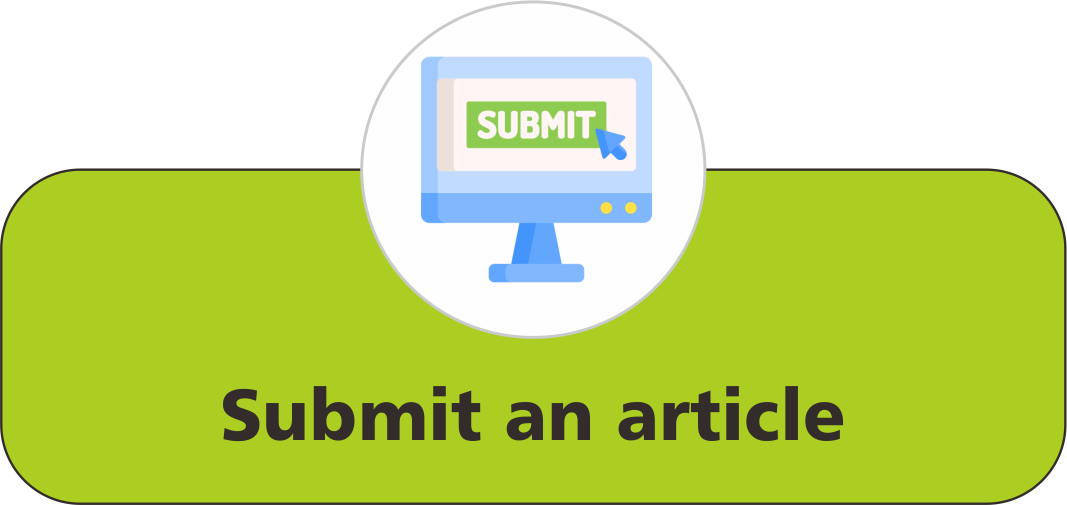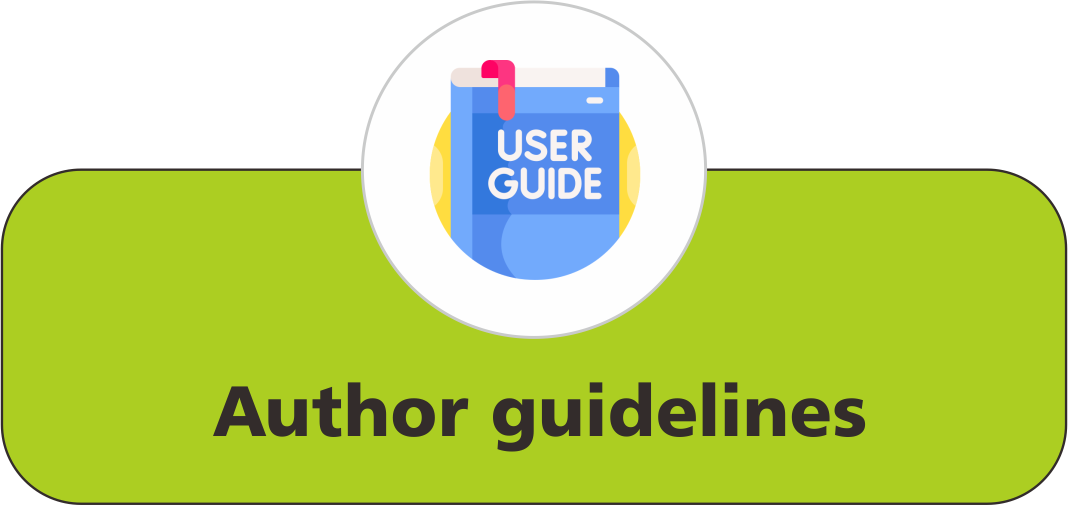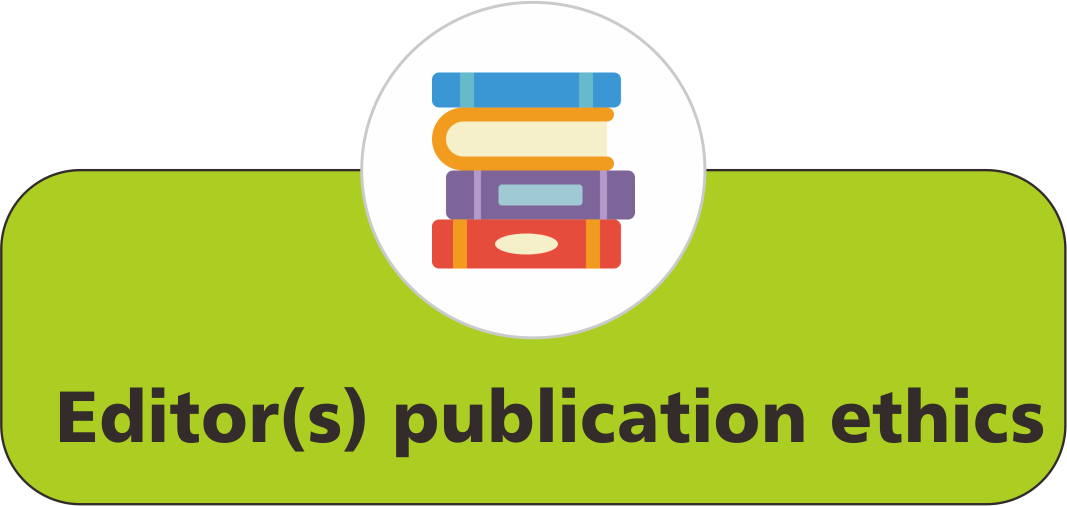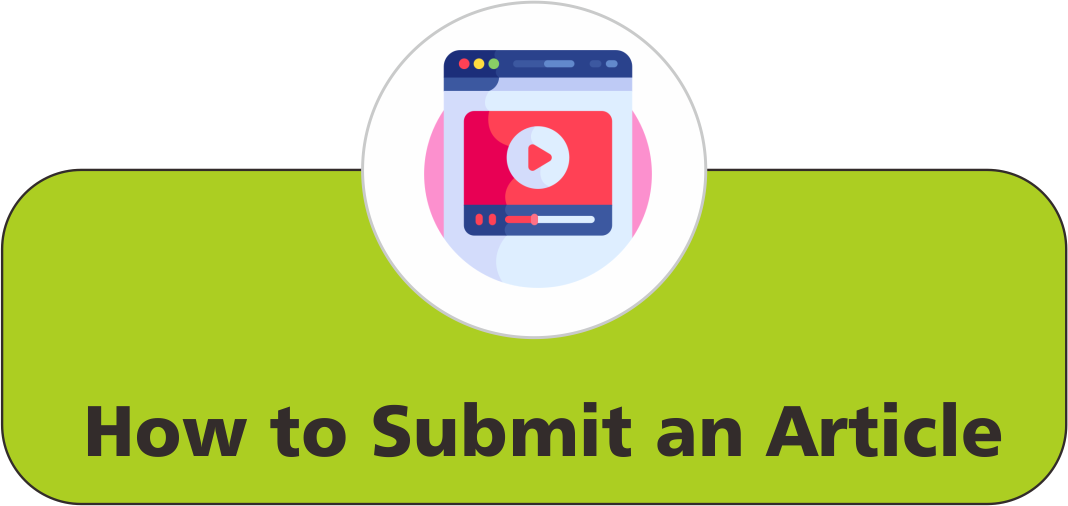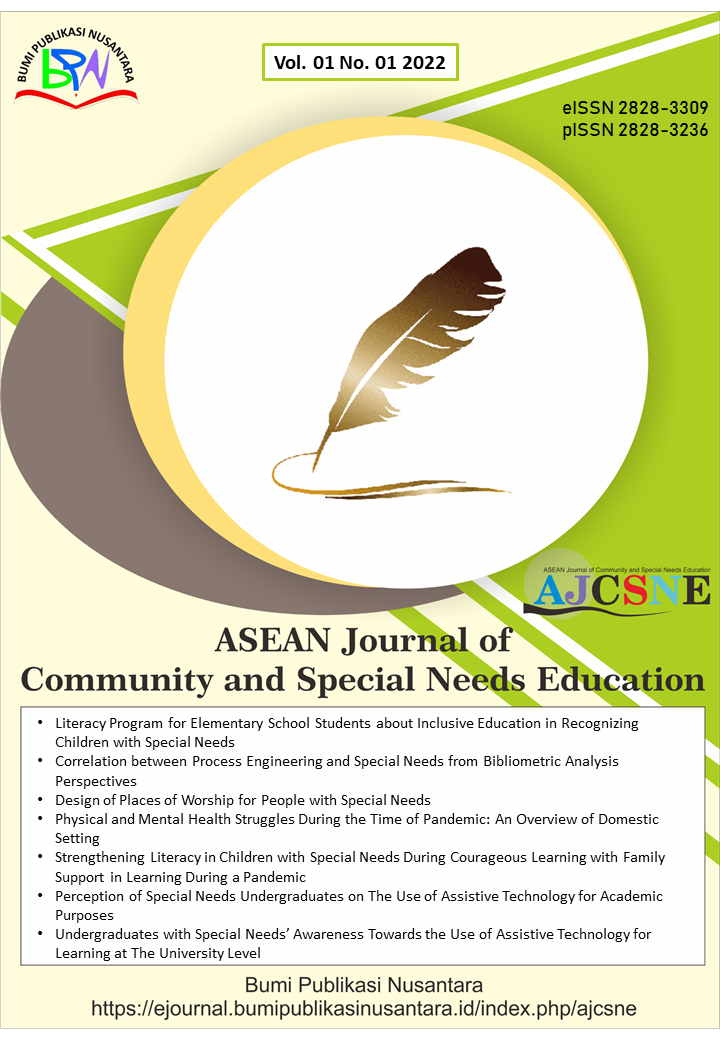Theories and Models of Creativity to Support Special Needs Education: A Systematic Review
 ),
),
(1) University of the Philippines
 Corresponding Author
Corresponding Author
Abstract
Keywords
References
Agarwal, R. (2023). Creativity as Variations on a Theme: Formalizations, Evidence, and Engineered Applications. arXiv preprint arXiv, 2305.14356.
Amabile, T. M., and Pratt, M. G. (2016). The dynamic componential model of creativity and innovation in organizations: Making progress, making meaning. Research in Organizational Behavior, 36, 157.
Barrett, M. S., Creech, A., and Zhukov, K. (2021). Creative collaboration and collaborative creativity: A systematic literature review. Frontiers in Psychology, 12, 713445.
Botella, M., Zenasni, F., and Lubart, T. (2018). What Are the Stages of the Creative Process? What Visual Art Students Are Saying. Frontiers in Psychology, 9, 2266
Childs, P., Han, J., Chen, L., Jiang, P., Wang, P., Park, D., Yin, Y., Dieckmann, E., and Vilanova, I. (2022). The Creativity Diamond—A Framework to Aid Creativity. Journal of Intelligence, 10(4), 73.
DeHaan, R. L. (2009). Teaching creativity and inventive problem solving in science. CBE—Life Sciences Education, 8(3), 172.
Fink, A., Grabner, R. H., Benedek, M., Reishofer, G., Hauswirth, V., Fally, M., Neuper, C., Ebner, F., and Neubauer, A. C. (2008). The creative brain: Investigation of brain activity during creative problem-solving using EEG and FMRI. Human Brain Mapping, 30(3), 734.
Fontecha, A. F. (2021). The role of learner creativity in L2 semantic fluency. An exploratory study. System, 103, 102658.
Fortwengel, J., Schüßler, E., and Sydow, J. (2016). Studying organizational creativity as process: Fluidity or duality? Creativity and Innovation Management, 26(1), 5.
Gaut, B. (2010). The philosophy of creativity. Philosophy Compass, 5(12), 1034.
Glăveanu, V. P. (2009). Paradigms in the study of creativity: Introducing the perspective of cultural psychology. New Ideas in Psychology, 28(1), 79.
Glăveanu, V. P. (2012). Rewriting the language of creativity: The five a’s framework. Review of General Psychology, 17(1), 69.
Glăveanu, V. P., and Kaufman, J. C. (2019). The creativity matrix: Spotlights and blind spots in our understanding of the phenomenon. The Journal of Creative Behavior, 54(4), 884.
Glăveanu, V. P., and Tanggaard, L. (2014). Creativity, identity, and representation: Towards a socio-cultural theory of creative identity. New Ideas in Psychology, 34, 12.
Glăveanu, V.-P. (2010). Principles for a cultural psychology of creativity. Culture and Psychology, 16(2), 147.
Godart, F., Seong, S., and Phillips, D. J. (2020). The sociology of creativity: Elements, structures, and audiences. Annual Review of Sociology, 46(1), 489.
Gottschalk, L. A. (1981). Psychoanalytic contributions to the generation of creativity in children. Psychiatry, 44(3), 210.
Hughes, D. J., Lee, A., Tian, A. W., Newman, A., and Legood, A. (2018). Leadership, creativity, and innovation: A critical review and practical recommendations [Review of Leadership, creativity, and innovation: A critical review and practical recommendations]. The Leadership Quarterly, 29(5), 549.
Jung, R. E., Segall, J. M., Bockholt, H. J., Flores, R. A., Smith, S. M., Chavez, R. S., and Haier, R. J. (2009). Neuroanatomy of creativity. Human Brain Mapping, 31(3), 398.
Kaufman, J. C., and Beghetto, R. A. (2009). Beyond big and little: The four C model of creativity. Review of General Psychology, 13(1), 1.
Kim, Y. R., and Lee, Y. H. (2020). Creativity in medical education: concepts related to creative capacity. Yeungnam University Journal of Medicine, 37(2), 79.
Kontos, P., Grigorovich, A., and Colobong, R. (2020). Towards a critical understanding of creativity and dementia: new directions for practice change. International Practice Development Journal, 10, 1.
Küpers, E., Lehmann-Wermser, A., McPherson, G. E., and Geert, P. van. (2018). Children’s creativity: A theoretical framework and systematic review. Review of Educational Research, 89(1), 93.
Liang, K., Lin, S., Liu, J., and Zhu, Y. (2022). Unlock the innovation potential of meaning of work: An empirical study of scientific and technological workers in China. Frontiers in Psychology, 13, 870318.
Lubart, T. (2001). Models of the creative process: Past, present and future. Creativity Research Journal, 13, 295.
Luria, S. R., O’Brien, R. L., and Kaufman, J. C. (2016). Creativity in gifted identification: increasing accuracy and diversity [Review of Creativity in gifted identification: Increasing accuracy and diversity]. Annals of the New York Academy of Sciences, 1377(1), 44.
Mehta, R., and Dahl, D. W. (2018). Creativity: Past, present, and future. Consumer Psychology Review, 2(1), 30.
Moruzzi, C. (2020). Measuring creativity: an account of natural and artificial creativity. European Journal for Philosophy of Science, 11(1), 1.
Piirto, J. (2021). Organic creativity for 21st century skills. Education Sciences, 11(11), 680.
Reddy, I. R., Ukrani, J., Indla, V., and Ukrani, V. (2018). Creativity and psychopathology: Two sides of the same coin? [Review of Creativity and psychopathology: Two sides of the same coin?]. Indian Journal of Psychiatry, 60(2), 168.
Renzulli, J. S. (1976). The enrichment triad model: A guide for developing defensible programs for the gifted and talented. Gifted Child Quarterly, 20(3), 303.
Rosen, Y., Stoeffler, K., and Simmering, V. R. (2020). Imagine: Design for creative thinking, learning, and assessment in schools. Journal of Intelligence, 8(2), 16.
Sadler‐Smith, E. (2015). Wallas’ four-stage model of the creative process: More than meets the eye? Creativity Research Journal, 27(4), 342.
Sternberg, R. J. (1999). A propulsion model of types of creative contributions. Review of General Psychology, 3(2), 83.
Sternberg, R. J. (2009). Assessment of gifted students for identification purposes: New techniques for a new millennium. Learning and Individual Differences, 20(4), 327.
Sternberg, R. J. (2018). Creative giftedness is not just what creativity tests test: Implications of a triangular theory of creativity for understanding creative giftedness. Roeper Review, 40(3), 158.
Sternberg, R. J. (2020). Transformational giftedness: Rethinking our paradigm for gifted education. Roeper Review, 42(4), 230.
Sternberg, R. J., and Karami, S. (2021a). A 4W model of wisdom and giftedness in wisdom. Roeper Review, 43(3), 153.
Sternberg, R. J., and Karami, S. (2021b). An 8P theoretical framework for understanding creativity and theories of creativity. The Journal of Creative Behavior, 56(1), 55.
Sternberg, R. J., and Lubart, T. (1991). An investment theory of creativity and its development. Human Development, 34(1), 1.
Széll, Z. (2021). The two-way model of creativity. Central European Journal of Educational Research, 3(2), 56.
Tatjana, M., and Manić, L. (2019). The invisible and underestimated contributions to creative achievements. Megatrend Revija, 16(3), 69.
Vuichard, A., Botella, M., and Puozzo, I. C. (2023). Creative process and multivariate factors through a creative course “Keep Calm and Be Creative.” Journal of Intelligence, 11(5), 83.
Wadaani, M. (2015). Teaching for creativity as human development toward self-actualization: The essence of authentic learning and optimal growth for all students. Creative Education, 6(7), 669.
Walia, C. (2019). A Dynamic definition of creativity. Creativity Research Journal, 31(3), 237.
Witczak, O., Krzysik, I., Bromberek-Dyzman, K., Thierry, G., and Jończyk, R. (2024). Controlling stimulus ambiguity reduces spurious creative ideation variance in a cyclic adaptation of the alternative uses task. Scientific Reports, 14(1), 12492.
Yanti, A. P., Koestoro, B., and Sutiarso, S. (2018). The students’ creative thinking process based on Wallas theory in solving mathematical problems viewed from adversity quotient /type climbers. Al-Jabar Jurnal Pendidikan Matematika, 9(1), 51.
Zhang, L., and Sternberg, R. J. (2011). Revisiting the investment theory of creativity. Creativity Research Journal, 23(3), 229.
Article Metrics
Abstract View : 335 times
: 335 times Download : 145 times
Download : 145 times
Refbacks
- There are currently no refbacks.
Copyright (c) 2025 Bumi Publikasi Nusantara

This work is licensed under a Creative Commons Attribution-ShareAlike 4.0 International License.

